In a recent research project coordinated by Jean Clobert and Fabien Aubret at SETE CNRS research station, Andréaz Dupoué sampled tens of common lizard populations (Zootoca vivipara) from the rear edge of the distribution in lowland areas and nearby sea level to the lead edge of the distribution in highland Pyrénées mountain. Sponsored by Ectopyr and Sentinelles du climat grant, this sampling program allowed for the first time a detailed analysis of the genetic footprints of range expansion, habitat fragmentation and climate change in this cold-specialist lizard species found in our mountain range in France. Neutral genetic markers were collected from each sample and their variation was compared between four different ecological units: the rear edge in the Landes forest, an admixture zone and the continuous range in the Pyrénées foothills and the lead edge in highland areas.
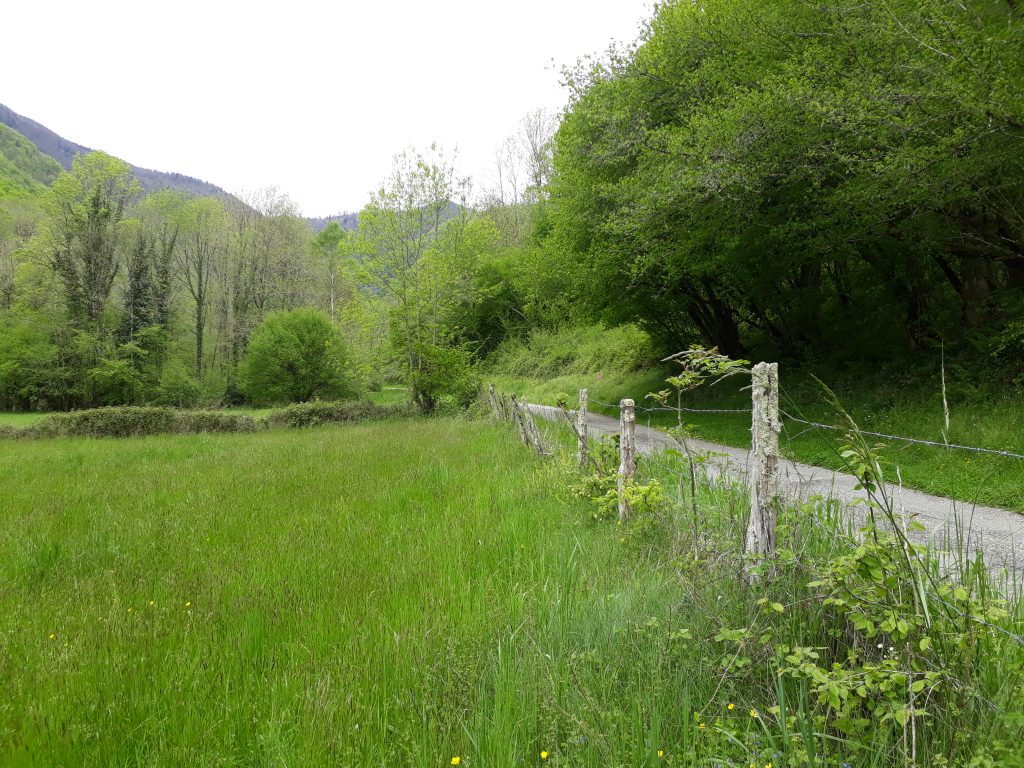
Field site in Ariège foothills 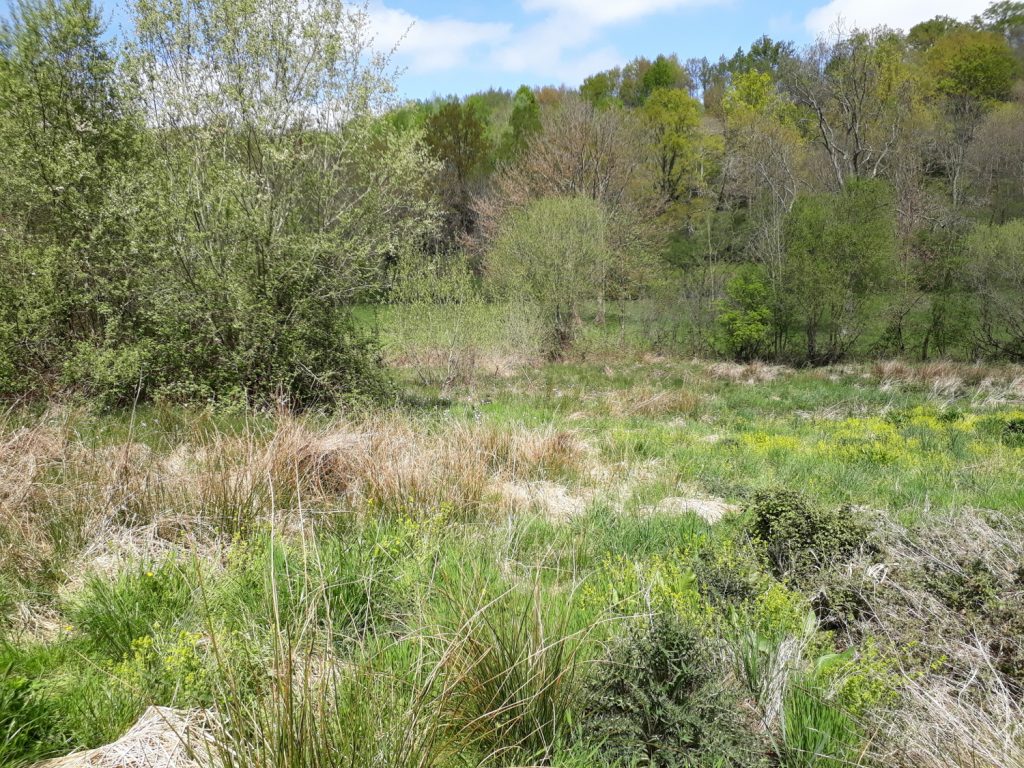
Field site located in Cuguron, Haute Garonne, lowland area 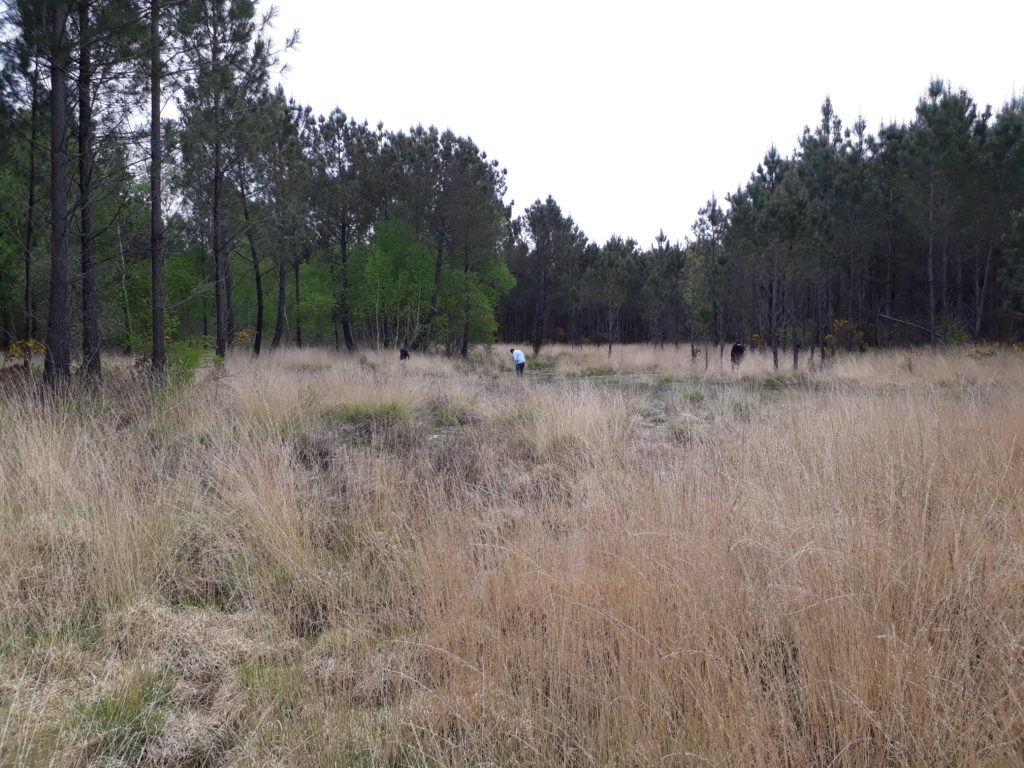
Field site in the Landes, rear edge 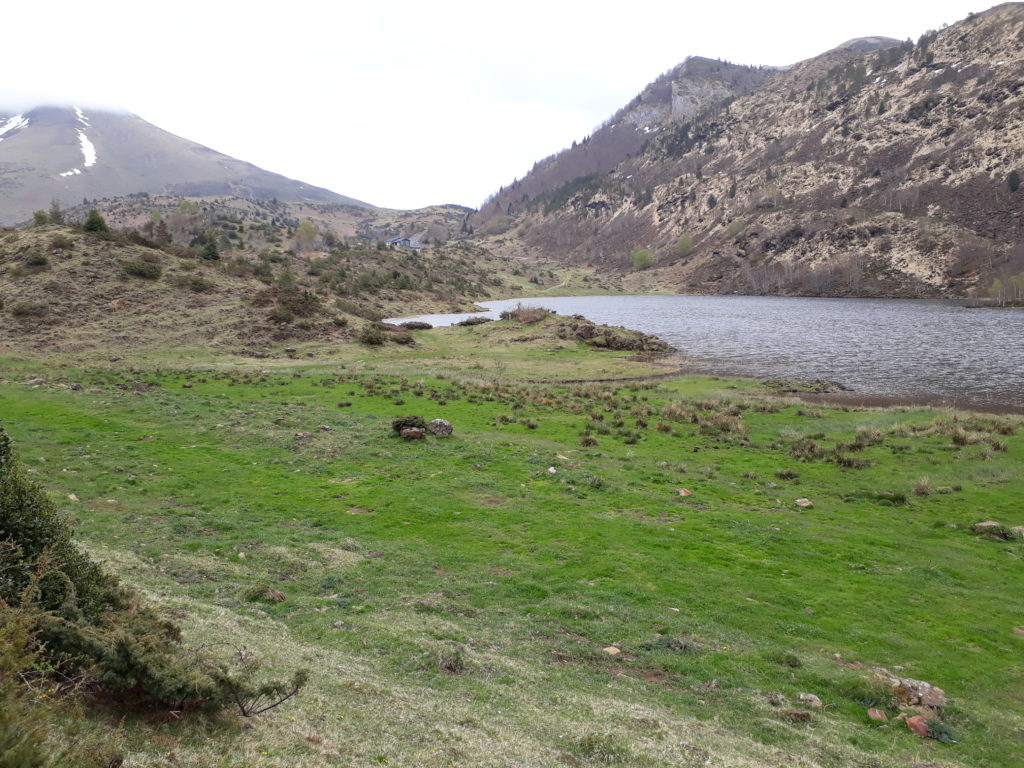
Highland lake of Lers, lead edge of the distribution
Results were strikingly similar to those predicted by a model of genetic structure designed to capture the population history and dynamics from the rear to the lead edge (Hampe and Petit, Ecology Letters 2005). Within the rear edge, we observed the highest levels of inbreeding, genetic differentiation and evidence of interrupted gene flow compared to central or lead edge areas of the distribution. This demonstrates that these relic populations, despite containing a significant genetic diversity globally, are highly fragmented and disconnected, probably as a consequence of climate warming and land use – remember we are in the Landes, a man made highly artificial ecosystem.
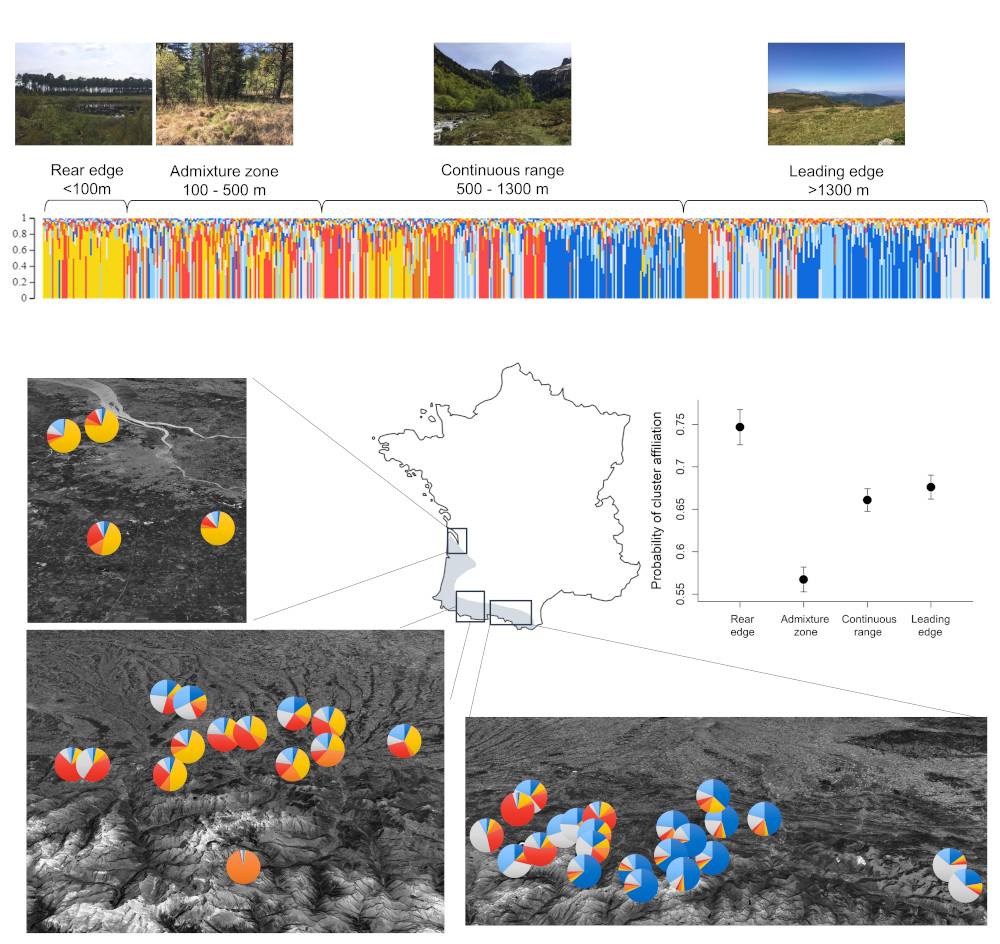
Within the leading edge, altitudinal range expansion high up on the mountains occurred over the last centuries and populations showed relatively low genetic diversity, probably as a consequence of founder effects. The recent range expansion is quite surprising and suggests that these species can disperse over significant distances when local habitat conditions improved.
In general, the demographic and genetic trends were better explained by climate conditions and forest cover. Relative abundance of lizards was smaller in the warm and dry lead edge populations. Inbreeding increased in landscapes less dominated by forests and in warmer climates. Genetic differentiation was higher in colder and more open landscapes. Genetic isolation by distance was relatively obvious but stronger in the leading edge.
These findings suggest unique genetic footprints of range expansion and environmental conditions that should promote the conservation of populations from the rear to the lead edge of the populations if ones would like to save genetic diversity and potential evolvability of this species.
Dupoué, A, Trochet, A, Richard, M, et al. Genetic and demographic trends from rear to leading edge are explained by climate and forest cover in a cold‐adapted ectotherm. Divers Distrib. 2020; 00: 1– 15.
https://doi.org/10.1111/ddi.13202
